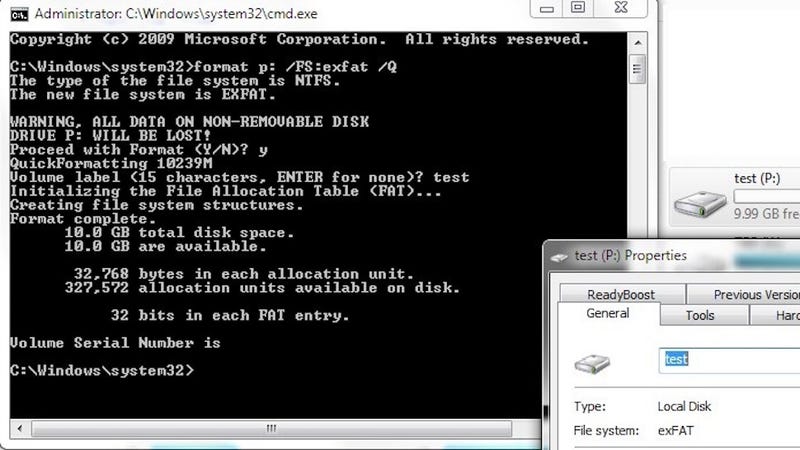How To Format Your External Hard Drive For Mac And Pc Ex Fat Or Fat
Posted : admin On 11.02.2019If you want to transfer files from a Mac to Windows PC and vice versa using an external portable hard drive then you have to have the external drive formatted in a file system both OS's can read and write too. Your choice is ms-dos (aka fat32) or exfat and I go over the difference in the video. Note: most external drives you buy will automatically be formatted in NTFS which is a Windows file system.
Macs can only read but not write to a ntfs file system. So if you want your external hard drive to be backward compatible with both OS's then you need to reformat it with fat32 or exfat. Please like, sub, share if you find this video helpful!

FACEBOOK: INSTAGRAM: TWITTER: MY WEBSITE.
External routing - Audio sent to and received from your audio devices input and output jacks is set by the External audio IN / OUT selectors (as shown above). NOTE: that each Mixer track has its own input and output options. Digital I/O includes one pair of coaxial RCA plugs, two MIDI ins and outs, and two FireWire ports, which also support Yamaha’s mLAN technology for interconnecting musical instruments and audio. Usb audio mixer for mac. Sound Control is a unique application that adds advanced audio controls to your Mac. Control the audio of each of your apps independently with per-app volume, EQ, and audio routing. Something in the Mac OS has changed audio routing capabilities. I do online streaming and use a very simple setup on a 733MHz G4 (digital audio) with iTunes, a Griffin iMic, an external audio mixer and Nicecast. I routed all 6 clean tracks out of my Motu firewire interface into the line inputs on my mixer. On Logic I set the output of all 6 tracks to output to Analog Outs 1 - 6. Then I created six more new tracks as Analog Inputs 1 - 6. I routed all the direct outs on the channels on my mixer to these inputs on the Motu.
Looking to share an external hard drive between a Mac and PC? The best way to do it is with a drive formatted as FAT32. Though this format has some limitations, it enjoys nearly universal support from active platforms, including Mac and Windows operating systems, and many gaming and Linux OSs. The chief drawbacks of FAT32 involve file and partition size limitations. FAT32 imposes a size limit of 4GB on single files. So if you work with bulky video clips, for example, adopting FAT32 may not be a good idea.
When formatting partitions, Windows 7's Disk Management utility won't let you create one that's larger than 32GB, whereas Mac OS X Lion can create partitions as large as 2TB using its Disk Utility application. Finally, Mac OS X's Time Machine backup utility won't work with FAT32. Windows prefers to use NTFS (which stands for New Technology File System, though it has been around for nearly 20 years now). Macs running Snow Leopard or Lion can read from drives formatted as NTFS, but they can't write to such drives unless you install a third-party driver or muck about in the Terminal.
In the 'File System' dropdown, choose exFAT instead of NTFS. Click Start and close this window when finished. From then on, that drive should work fantastically between Mac and Windows machines.
Conversely, Windows 7 can't read and write to drives formatted as HFS+--also known as Mac OS Extended (journaled)--unless you install third-party software. Formatting From a Mac To format a drive as FAT32 from a Mac, follow these simple steps. Set up your drive following the manufacturer's instructions. Connect the power supply (if necessary), connect to the Mac via USB or FireWire, and turn on the drive.
The drive should automatically mount on your Mac's desktop (if the finder preferences are set to show external drives). If the drive is not formatted, you may get a message saying that the drive is unreadable by Mac OS X and asking you whether you want to format it via Disk Utility. We're going to do this anyway, so open Disk Utility from the prompt or by navigating to /Applications/Utilities. Select MS-DOS (FAT) as the format. Mac OS X won't let you create a FAT32 partition larger than 2TB; so if your drive is larger than that, you'll need to divide the available drive capacity into multiple partitions. You can format the remaining space as a second FAT32 partition or as an HFS+ partition, or you can leave it as unallocated space.